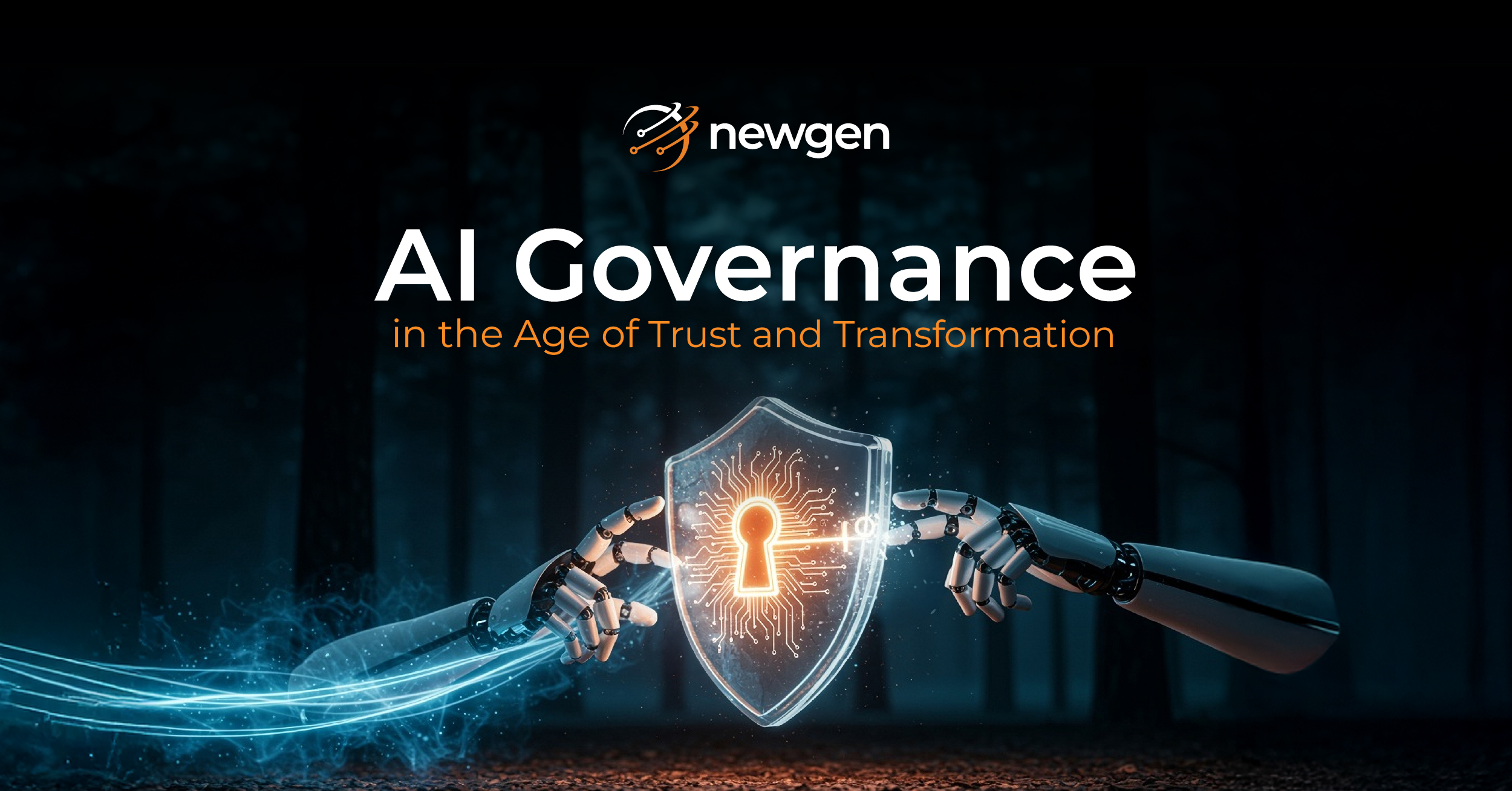In the first blog of this series, I had shared five ways to help you effectively measure the ROI of your robotic process automation (RPA) implementation.
In this blog, let’s explore how a center of excellence (COE) team can guide you through the RPA implementation process and ensure that you get the most out of your investment.
- Accelerating Your Digital Initiatives
Organizations globally are undertaking digital transformation initiatives. However, you need the right support and guidance for the best results.
COEs can help you identify the prospects for automation and also present ideas and solutions to showcase how bots and employees can communicate on the same platform.
- Selecting the Right RPA Candidate
How do you identify which process qualifies for automation? Any process that is variable, and requires one or more employees for execution, is not eligible for RPA, given that you wouldn’t be able to justify the implementation and recurrent costs.
This is where a COE team comes into the picture, as they help you improve your ROI by identifying operational activities that have high work volumes, are standardized in nature, and require more resources.
- Devising the Implementation Strategy
Next, you must decide whether to opt for an in-house or vendor-assisted RPA implementation to ensure faster deployment.
Here, the implementation cost plays an important role in calculating your returns. To help you make the right decision, your COE team assesses the capabilities and experience of your in-house team and then recommends the best implementation approach.
- Building a Roadmap
Your COE team plays a key role in justifying your automation projects and estimating their ROI. For this, the team utilizes historical data from select RPA use cases, compares human and bot processing, and then, presents the expected return figures, based on the reduced manual labor, increased productivity, and improved quality. Ultimately, the COE team assists you in finalizing an ROI-focused RPA roadmap.
- Empowering Citizen Developers
In most cases, within an organization, multiple teams want to leverage RPA solutions for faster processing. However, this often results in silos. To bridge this gap, COEs perform in-depth research, propose enterprise-wide automation, guide and assist citizen developers in creating the solution, and address integration challenges across various line of businesses.
Ensuring seamless integration across various automation tools, providing a centralized automation architecture, and delivering positive results are some of the key responsibilities of the COE team.
To Conclude
At Newgen, our COE teams perform all of these activities to ensure that the automation project plans we present to our customers are always strong and lucrative. We analyze how RPA will help each organization over time, identify the right use cases, and ensure impressive returns.
We also stay abreast of advancements in RPA and the latest trends in automation, including artificial intelligence and machine learning, in order to meet and exceed our customers’ expectations and help them stay current and competitive.
In this two-part blog series, I have tried to address some of the common concerns related to the return on an RPA investment. If you have further questions and/or suggestions, please leave a comment and we would be happy to connect with you.
You might be interested in




